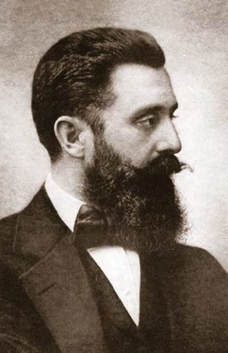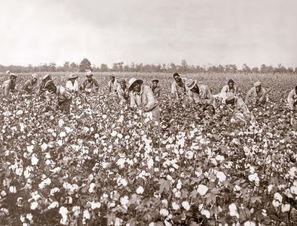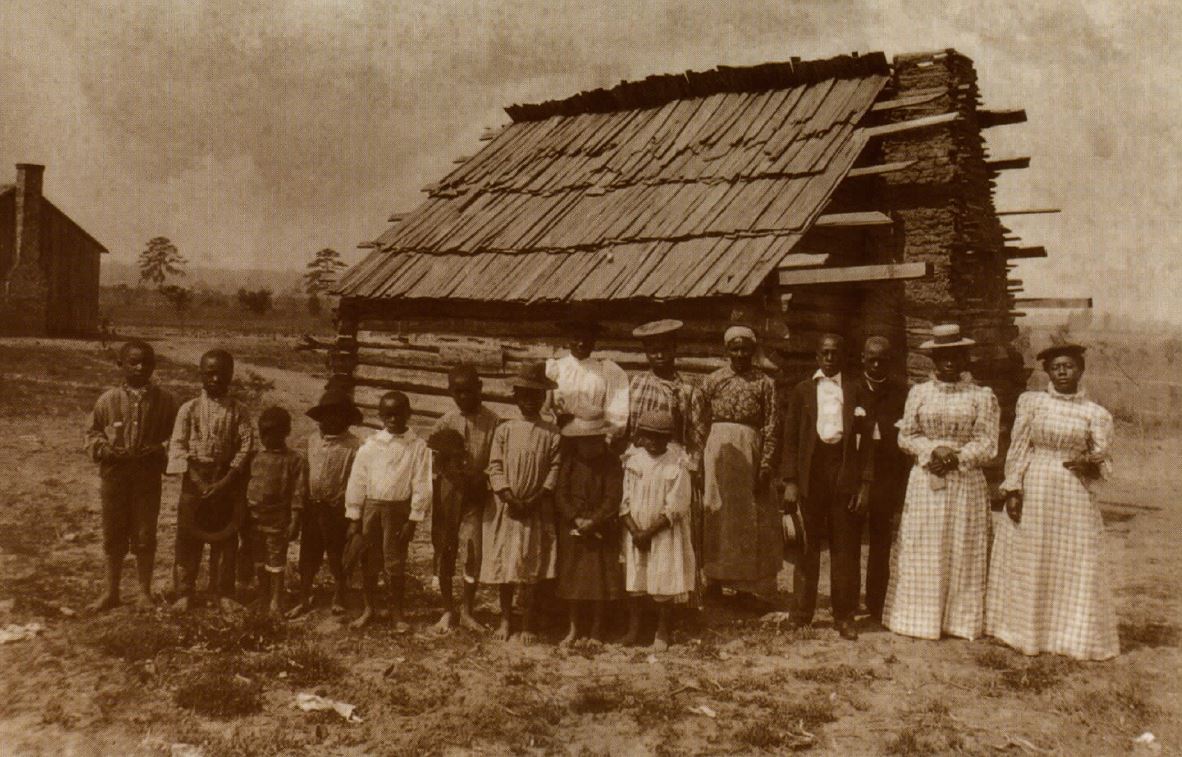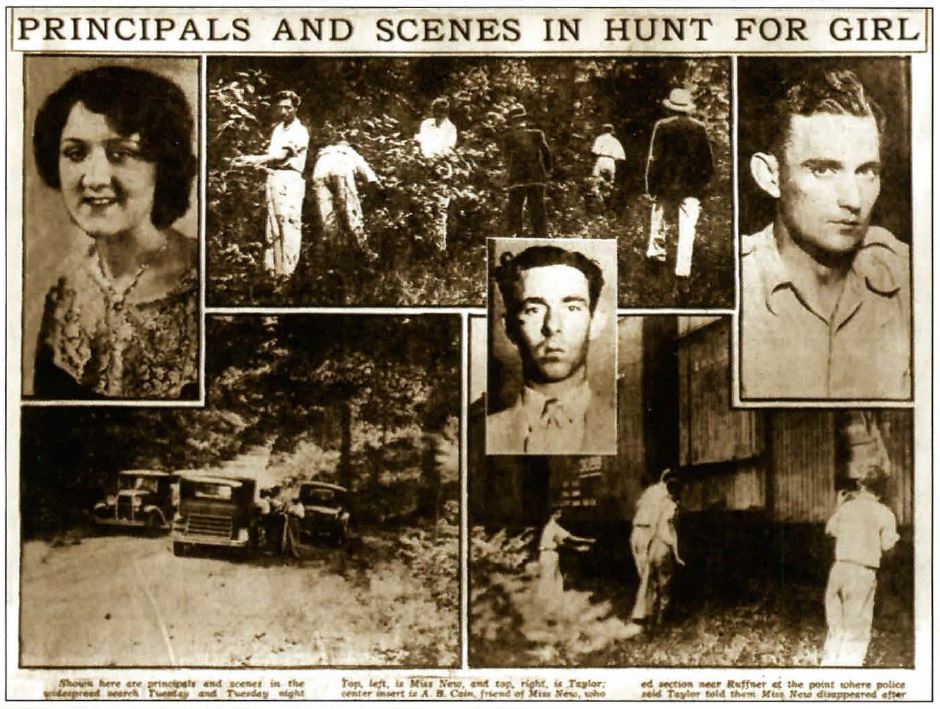|
In 1870 a Civil War veteran from Pennsylvania settled in Selma, Alabama. By profession he was a jeweler, but by avocation he was a photographer. His name was Silas Orlando Trippe, and it is because of his hobby that we know him today.
Matt Pitt overdosed at a University of Alabama football game. “I’ll never forget what happened one night,” he said as he relayed his history to a Trinity Broadcasting Network (TBN) audience. “I had had a long night of drugs and alcohol, and my parents called me the next morning and said, ‘Matt, we’re coming to see you.’” He had told his parents (especially his mother, whom he describes as a “prayin,’ Jesus-freak lovin,’ I’m talkin’ about she woke up eatin,’ breathin’ Jesus” woman) that he had been attending Bible studies and was a good student, when in reality drugs had become “like, a lifestyle.” Pitt collapsed while climbing the steps of the stadium, and his parents had him rushed to the closest emergency room where doctors revealed the severity of their son’s condition—he could have died if he had not made it there in time. He awoke in the hospital and thought: “How did I go from there to here?
On a warm evening in August 1934, Faye New, a coed at Birmingham’s Howard College, now Samford University, and her friend, Bessie Reaves, were driving along First Avenue when a tire on Reave’s car was punctured. Searching for help, New walked to a nearby filling station. There she met a young man named Harold Taylor and, later in the evening, agreed to take a ride alone with him. When New did not return home that night, her mother and Reaves drove to Taylor’s house to question him. He explained that he had not seen New since she left his car the night before, and they notified the authorities. Within hours, several hundred Boy Scouts, law enforcement officials, and volunteers began combing the area where she had been seen last. Their search ended the next afternoon when the nineteen-year-old was discovered with her throat slit in a clay ditch at the edge of an isolated cornfield outside the city. Although the family had found its daughter, the search for clues to her murder was just beginning.
 The publication of Theodore Herzl’s Der Judenstaat in 1896 marked the birth of the modern Zionist movement. (Wikimedia Commons) The publication of Theodore Herzl’s Der Judenstaat in 1896 marked the birth of the modern Zionist movement. (Wikimedia Commons) In a recent survey conducted by the American Jewish Committee, roughly three of four American Jews indicated a deep affinity for Israel. That American Jews today have such feelings toward Israel may not seem surprising, but prior
to the 1930s and 1940s kinship between American Jews and a prospective Jewish state was less predictable. Only the persecution of Jews begun by Adolf Hitler in 1933, culminating with the murder of approximately six million European Jews by 1945, convinced many American Jews to support Zionism, the movement to establish a Jewish state in Palestine. The trials and tribulations that followed Israel’s creation in 1948 made that support even stronger, and Alabama’s Jews were no different in their response.  Landowners forced their tenant farmers and sharecroppers to cultivate cotton even at the expense of growing food for their families. (Courtesy Alabama Department of Archives and History) Landowners forced their tenant farmers and sharecroppers to cultivate cotton even at the expense of growing food for their families. (Courtesy Alabama Department of Archives and History) A person encountering Ida Mathis in Birmingham in the early 1900s would not have guessed that she would soon be labeled the savior of the Alabama economy. A matronly figure with a kind face, she did not resemble the “economic Moses of the South” or “Joan of Arc of agriculture,” though contemporary periodicals called her both. Today, her alliance with bankers and businessmen appears to have little in common with the usual approach of Progressive Era women, who drew upon their author
ity as mothers when pressing for social reforms. In both cases observers would be fooled. Although Mathis took an unusual approach in presenting herself as a practical farmer and businesswoman, she adopted a distinctly feminine strategy in striving for a sense of family among all community members. When the cotton market’s collapse threw the state into economic depression in 1914, she worked to convince businessmen, farmers, and urban consumers that they had a direct stake in one another’s success. Her sincerity, speaking skills, and sound financial advice drew national attention and laid the groundwork for the state’s increased food production during World War I. |
From the VaultRead complete classic articles and departments featured in Alabama Heritage magazine in the past 35 years of publishing. You'll find in-depth features along with quirky and fun departments that cover the people, places, and events that make our state great! Archives
April 2024
Categories
All
|
|



 RSS Feed
RSS Feed